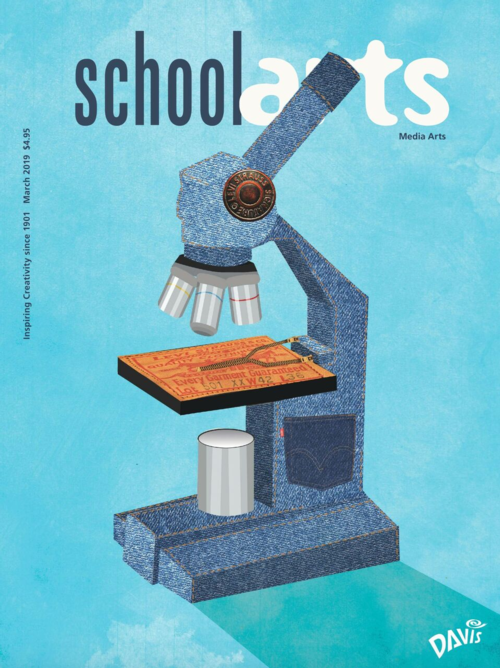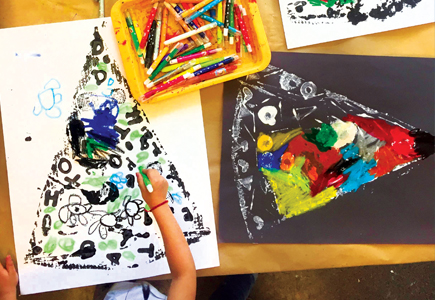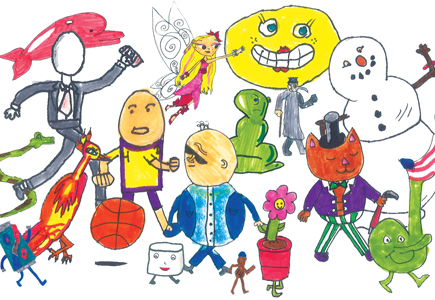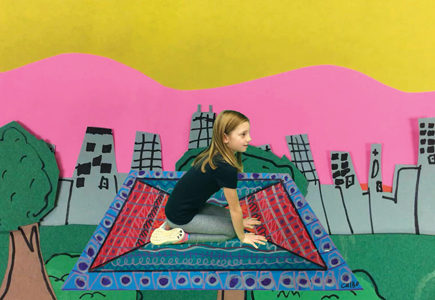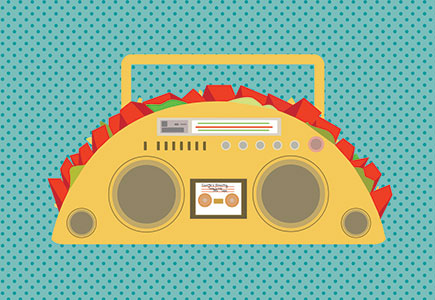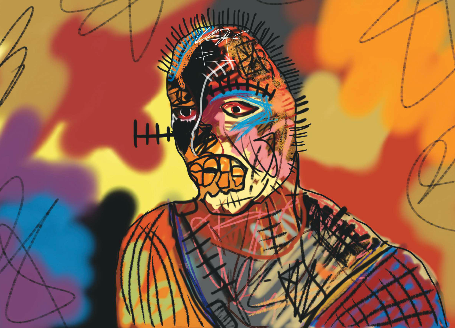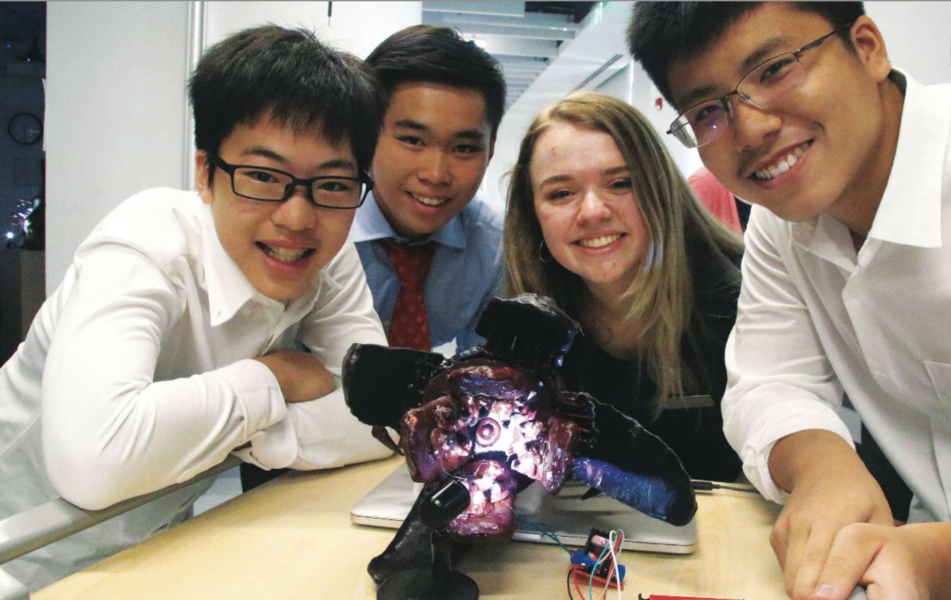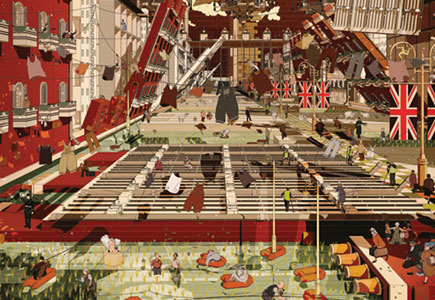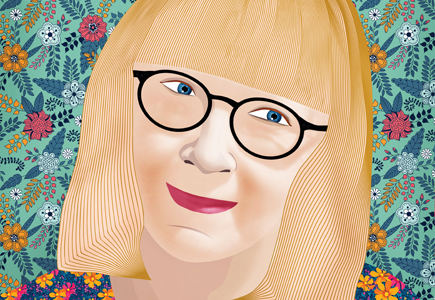
Editor's Letter: Media Arts
Just what are media arts? The concept may be initially confusing to some, as media can be either traditional or contemporary, but the acceptance of media arts as a term understood as embracing new forms of technology is supported by the National Art Education Association (NAEA) and its participation in the development of the National Core Art Standards for media arts.
Read Article
